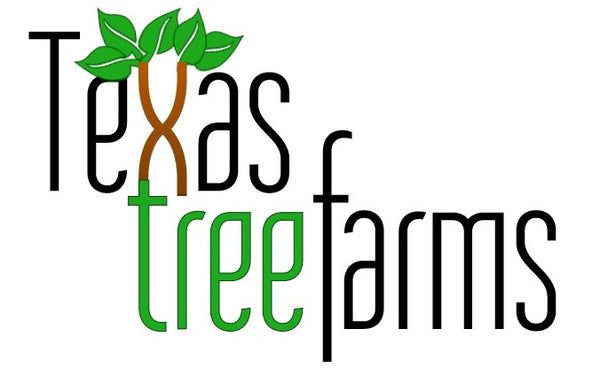Honeysuckle Yellow
Honeysuckle Yellow
Description: Yellow Honeysuckle is a twining vine that produces clusters of tubular, yellow flowers in late spring to early summer. These fragrant flowers attract hummingbirds, butterflies, and other pollinators to the garden. The vine typically grows vigorously and can reach lengths of up to 20 feet (6 meters) or more when provided with suitable support. It features oval to lance-shaped leaves that are arranged oppositely along the stems. In fall, the foliage may turn yellow before dropping for the winter, adding seasonal interest to the landscape.
Size: Yellow Honeysuckle can grow to be a substantial vine, reaching heights of up to 20 feet (6 meters) or more and spreading to cover a wide area when given appropriate support. The exact size can vary depending on growing conditions, including soil fertility, sunlight, and water availability. It's important to provide sturdy support for the vine to climb, such as trellises, arbors, fences, or pergolas.
Best Growing Zones: Yellow Honeysuckle is best suited to USDA hardiness zones 4 through 9. It thrives in temperate climates with relatively mild winters and warm summers. This vine prefers full sun to partial shade and well-drained soil. It is relatively tolerant of a wide range of soil types, including sandy, loamy, or clay soil, as long as it is well-drained.
Soil Requirements: Yellow Honeysuckle prefers well-drained soil with a slightly acidic to neutral pH level. It can tolerate a variety of soil types, including sandy, loamy, or clay soil, as long as it is well-drained. Amending the soil with organic matter, such as compost or aged manure, can improve soil fertility and structure, promoting healthy growth and flowering.
Maintenance: Yellow Honeysuckle is relatively low-maintenance once established. It requires regular watering, particularly during periods of drought, to keep the soil consistently moist but not waterlogged. Pruning is generally not necessary for Yellow Honeysuckle, but it can be pruned as needed to control its size and shape or to remove any dead, damaged, or overgrown branches. This vine is relatively pest and disease resistant but may occasionally be affected by issues such as aphids or powdery mildew. These problems can usually be managed with proper cultural practices, including good air circulation and well-drained soil.
